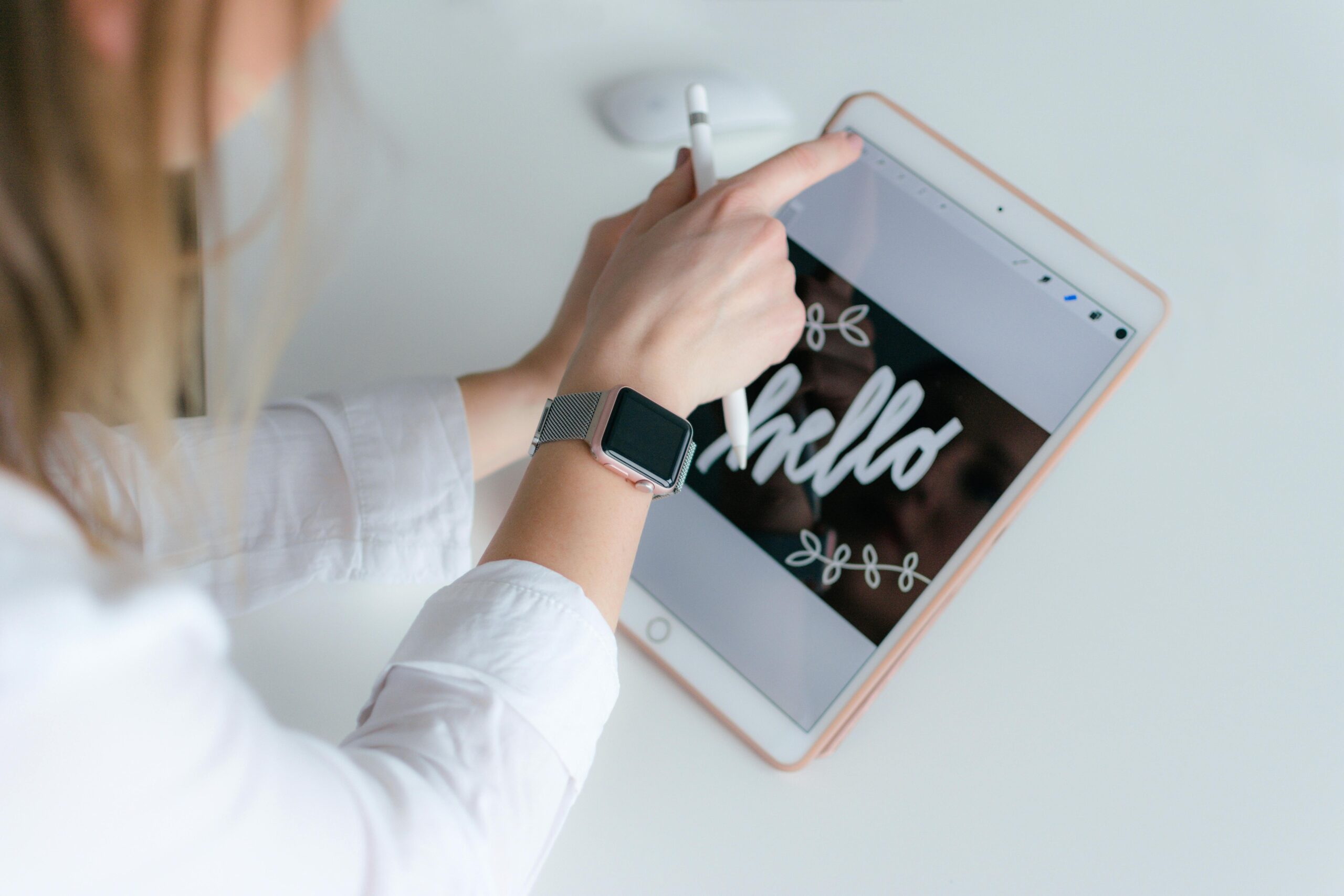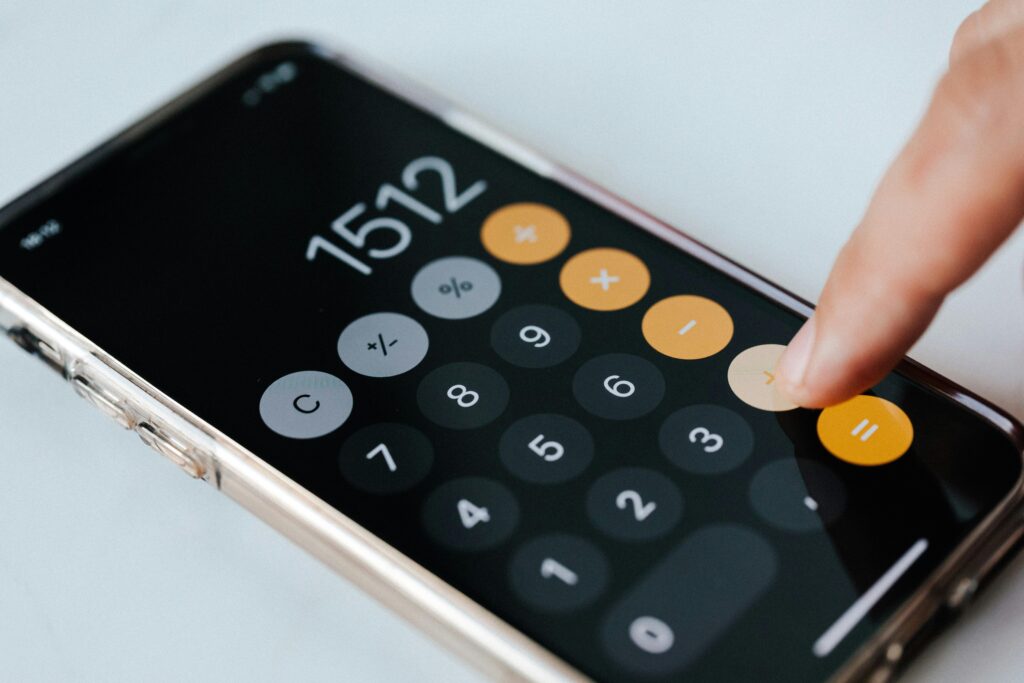Ever tried punching numbers into your smartwatch only to end up with a calculator app that’s about as helpful as soggy toast? Yeah, we’ve been there. Turns out crafting smooth, intuitive coding watch apps isn’t just for the tech nerds anymore—it might be your next big leap in wearable wizardry.
In this guide, you’ll uncover everything from what makes coding watch apps tick to step-by-step instructions on creating one yourself (yes, even if you’re a beginner). Get ready for some storytelling, quirky banter, and actionable steps like a pro!
Table of Contents
- Why Watch Calculators Are Gaining Popularity
- Step-by-Step Guide to Coding Watch Apps
- Best Practices for Seamless App Development
- Real-World Success Stories Using Watch Calculators
- FAQs About Coding Watch Apps
Key Takeaways
- Watch calculators are more than gadgets—they’re productivity hubs when coded right.
- Coding requires understanding platform-specific APIs and limitations.
- Focus on minimalism and functionality to ensure usability.
- Avoid overloading features; simplicity is king.
Why Watch Calculators Are Gaining Popularity

I’ll admit it—I once thought combining my Casio scientific calculator with an actual wristwatch was genius… until I realized no one else did. But guess what? Smartwatches have now taken the concept much further, integrating calculation tools seamlessly within their interfaces. With wearables becoming ubiquitous—the market expected to reach $96 billion by 2030—coding apps specifically for these small screens has become a game-changer.
From fitness enthusiasts tracking macros during workouts to students solving complex equations without digging out their phones, watch calculators cater to micro-moments where quick access matters. This blend of utility and portability answers modern demands—and developers take note: “If you build it well, they will come.”
But Why Bother?
The answer lies in human behavior. People don’t want clunky solutions—they crave immediate value at their fingertips. If your app struggles under weighty interfaces or skips essential calculations, users won’t stick around long enough to give feedback. Sensory overload feels like running Windows XP updates while listening to dial-up internet screeches—augh.
Step-by-Step Guide to Coding Watch Apps

Step 1: Choose Your Platform Wisely
Decide whether you’re targeting Apple Watch, Wear OS, Tizen, or something niche. Each platform has unique guidelines:
- Apple focuses on SwiftUI and WatchKit.
- Wear OS uses Java/Kotlin wrapped in Android Studio.
- Tizen leans toward HTML5/CSS for Galaxy Watches.
Optimist You: “Pick a platform you already know!”
Grumpy You: “Unless you’re masochistic about learning curves.”
Step 2: Design Minimal But Functional
Your UI should scream clarity—not clutter. Stick to basic functions unless advanced options add clear value.
Step 3: Test Relentlessly
Performance testing is non-negotiable. A laggy button press turns users away faster than expired milk in a fridge.
Terrible Tip Disclaimer:
Some guides suggest adding every feature imaginable to appeal broadly. Ignore them completely. Simplicity wins here.
Best Practices for Seamless App Development

- Prioritize Battery Efficiency: Optimize animations sparingly since battery life reigns supreme.
- Make Navigation Intuitive: Swipe gestures are great but avoid labyrinthine menus.
- Sync Across Devices: Enable cross-platform syncing so data flows smoothly between phone and watch.
A Mini Rant:
Please stop overcomplicating functionalities. No user wants to tap through ten layers just to calculate sales tax. Let’s keep things streamlined, folks!
Real-World Success Stories Using Watch Calculators
Take AppX—a watch calculator aimed at engineers and architects. Their success? Focused entirely on simplicity paired with robust engineering formulas pre-loaded into the design. Users raved about efficiency gains during projects.

FAQs About Coding Watch Apps
Q: Do I Need Prior Tech Experience?
Not necessarily, though familiarity helps. Start simple, and resources abound online!
Q: What Tools Should I Use?
Use official SDKs provided by platforms alongside IDEs such as Xcode (for iOS) or Android Studio.
Q: Can I Monetize My App?
Absolutely! Consider freemium models or in-app purchases depending on how robust it becomes.
Conclusion
Coding watch apps opens doors not just technologically but creatively too. By focusing on practicality, relentless testing, and avoiding unnecessary frills, you set yourself apart in a competitive landscape.
Remember, consistency is key: Like a Tamagotchi, your SEO needs daily care. Keep optimizing, updating, and engaging with your audience. Happy coding!
And for the final touch…
Haiku Time:
Numbers dance softly,
On wrists of ticking time—
Math meets tech magic.


